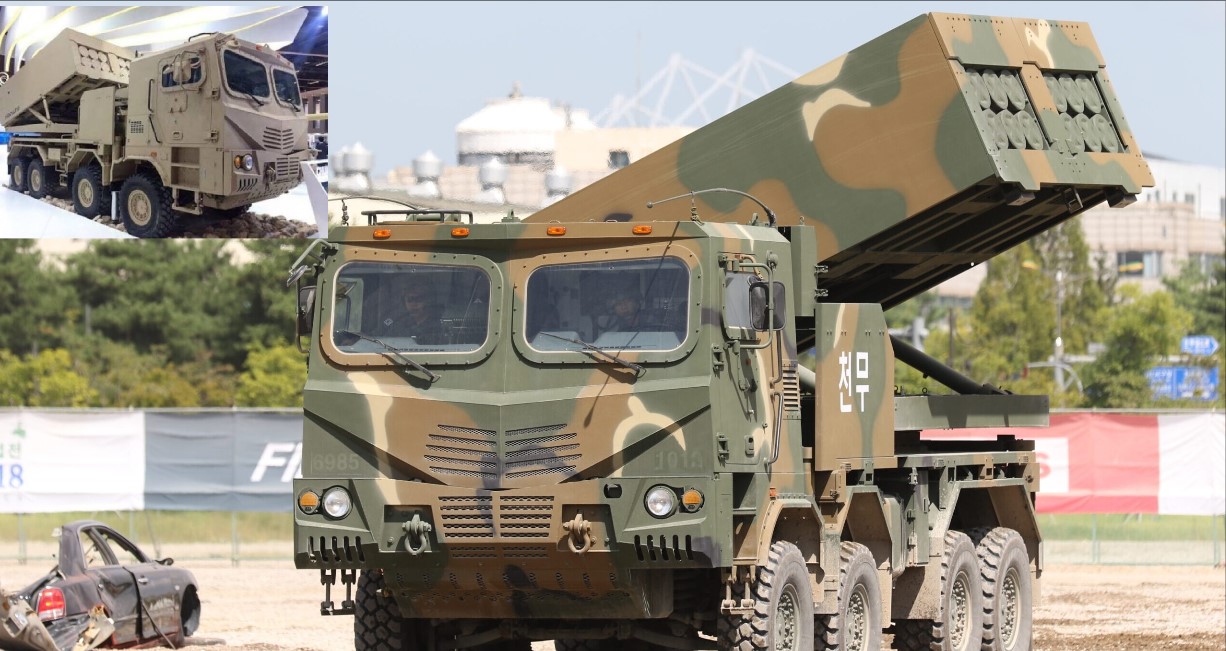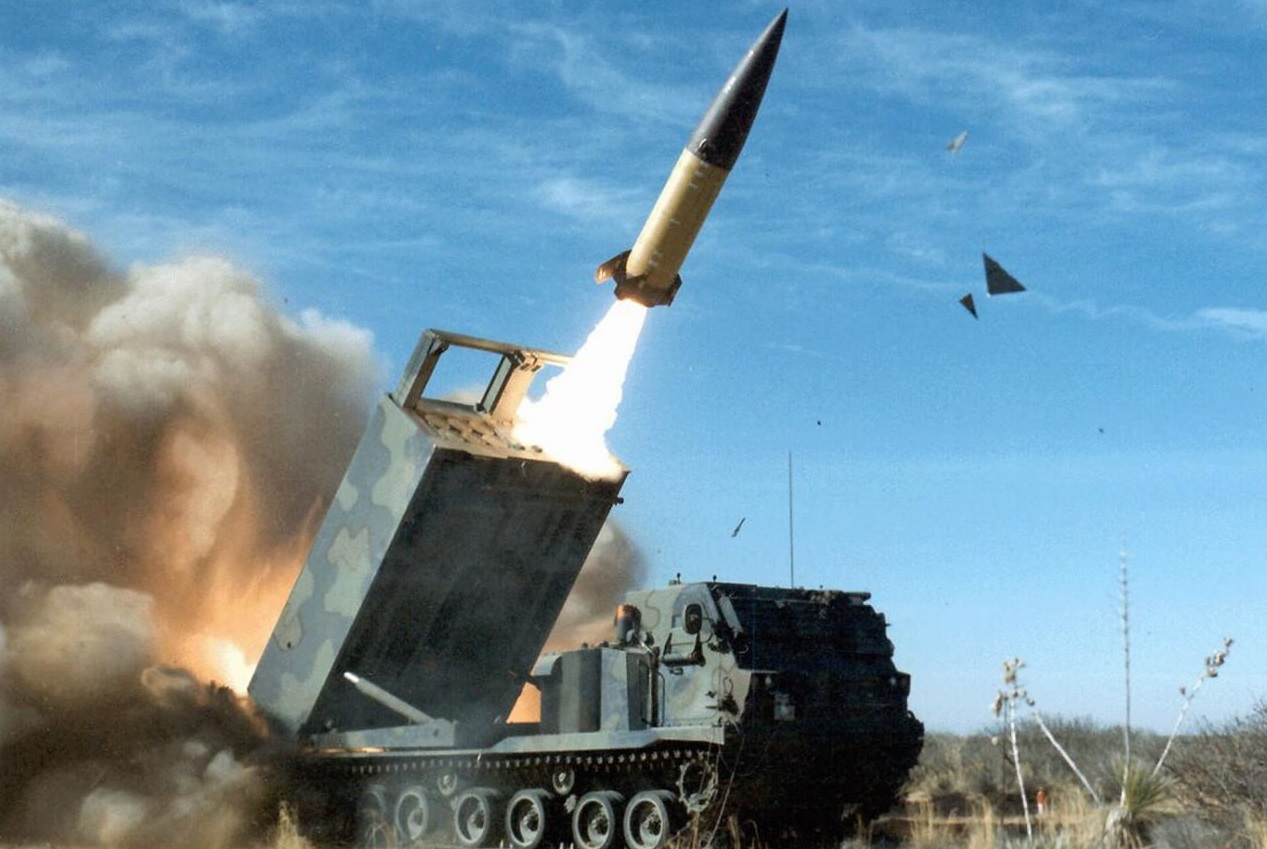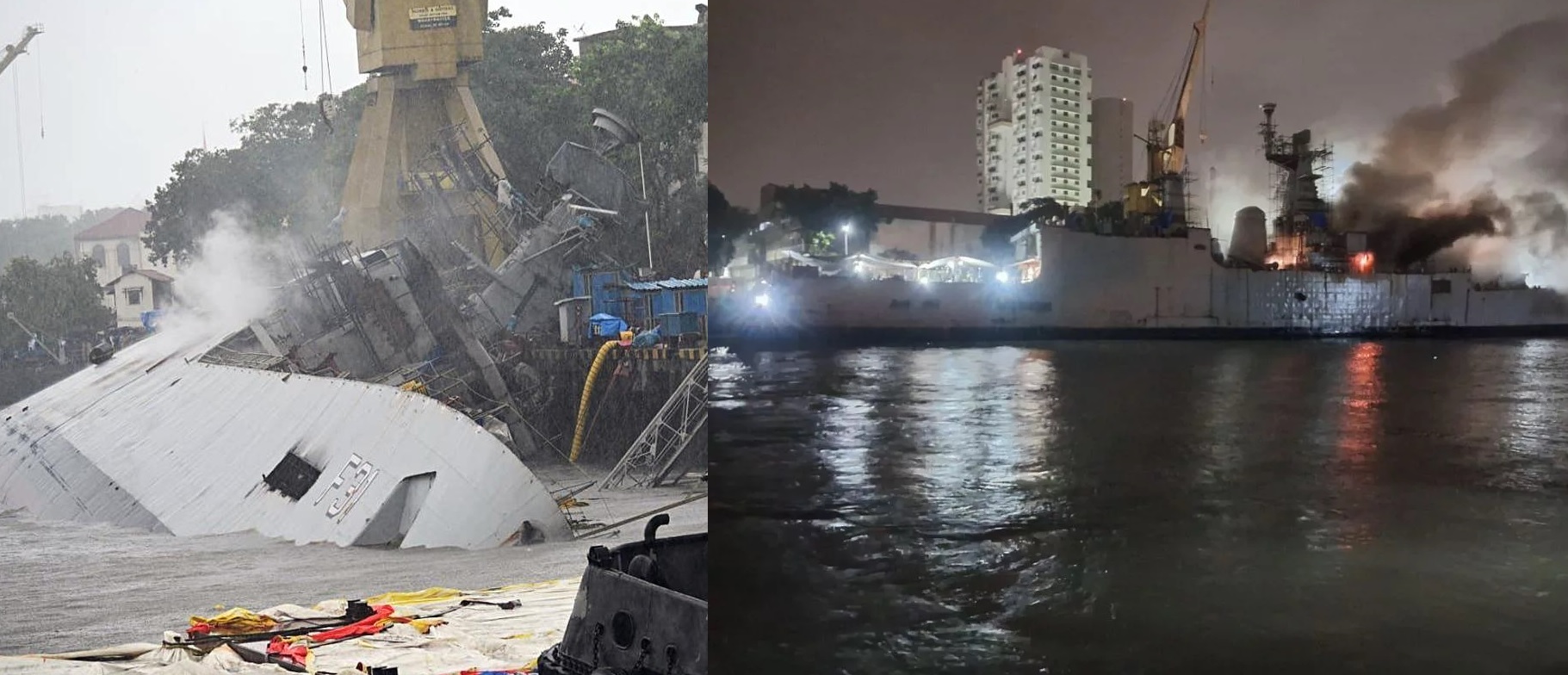Defence Expert Urges India to Accelerate Kaveri Engine for Tejas Mk1A Amid GE F404 Delays

The landscape of India’s aerospace ambitions is once again thrust into the spotlight as a leading defence expert raises a critical alarm. Amid an increasingly strained global supply chain and persistent delays in the delivery of F404 engines from GE Aerospace, the expert has called upon the Indian Ministry of Defence (MoD) to fast-track the indigenous Kaveri engine development. The emphasis lies in ensuring that the homegrown Kaveri engine could be seamlessly integrated into future batches of Tejas Mk1A fighter jets, safeguarding India's prized fighter jet program from further disruptions.
The predicament isn't trivial. India’s light combat aircraft (LCA) Tejas, an emblem of indigenous capability in modern aviation, currently relies heavily on GE’s F404 engines. These American engines deliver a thrust of 84 kN and have been integral to the Tejas' flight performance. However, the ongoing delays highlight a strategic vulnerability: the risk of India’s advanced military programs stalling due to external factors beyond the nation’s control. The defence expert's argument pivots on this very point—India cannot afford to let its future defence prospects hinge on foreign suppliers.
The Kaveri engine project, managed by the Gas Turbine Research Establishment (GTRE) under the Defence Research and Development Organisation (DRDO), has been in development for decades. Despite numerous setbacks, the Kaveri engine, particularly in its "dry" thrust configuration, has shown promise. The engine currently produces around 49 kN of thrust without an afterburner. However, with significant enhancements, including the integration of an afterburner, the Kaveri engine could generate “wet” thrust levels up to approximately 83.3 kN. Although this figure is marginally less than the F404’s 84 kN, there is a crucial advantage that makes Kaveri competitive: its "flat-rated" performance.
The flat-rated design of the Kaveri engine ensures that its thrust output remains robust and consistent, even under high-temperature and high-altitude conditions that are common in India’s diverse and challenging environments. This technical advantage could make up for the slight shortfall in raw thrust when compared to the GE F404. A well-adapted Kaveri could, therefore, deliver reliable performance, possibly outperforming foreign engines in India-specific operational scenarios.
The expert emphasizes that a fully developed Kaveri engine would do more than merely power the Tejas Mk1A; it would redefine India's strategic autonomy in defence manufacturing. By eliminating dependency on foreign engines, India could protect itself from unforeseen geopolitical complications that could otherwise derail its defence programs. Moreover, a successful Kaveri engine could be pivotal for future fighter jet platforms, including India's ambitious Advanced Medium Combat Aircraft (AMCA) and other potential indigenous aerial platforms.
Yet, there are challenges. Achieving the Kaveri engine’s full potential requires a significant uptick in investment and technological collaboration. The expert underscores the need for the Indian government to double down on its commitment to the Kaveri project. A comprehensive infusion of resources, both financial and technical, is essential. Collaborations with international engine manufacturers for technological insights could further accelerate progress, helping Kaveri meet its ambitious performance targets.
In practical terms, with adequate funding and strategic focus, the defence expert believes that the Kaveri engine could be fully operational and ready for the Tejas Mk1A fleet within the next five years. The timing could not be more crucial as India aims to expand its Tejas fleet while also keeping an eye on its broader aspirations of indigenous self-reliance in defence technology.
The push for the Kaveri engine reflects a broader and growing sentiment within India's defence community: the urgent need to bolster self-sufficiency in critical defence technologies. In a world where geopolitical tensions and supply chain disruptions have become increasingly common, India's vision of strategic autonomy hinges significantly on achieving technological independence. Aero-engine development, often regarded as the crown jewel of defence technology, is no exception.
As the Tejas program remains central to India’s air defence strategy, the integration of a homegrown engine like Kaveri could transform India's aerospace future, making it more resilient and independent. This could not only safeguard the nation's defence capabilities but also position India as a serious player in the global aerospace arena.


